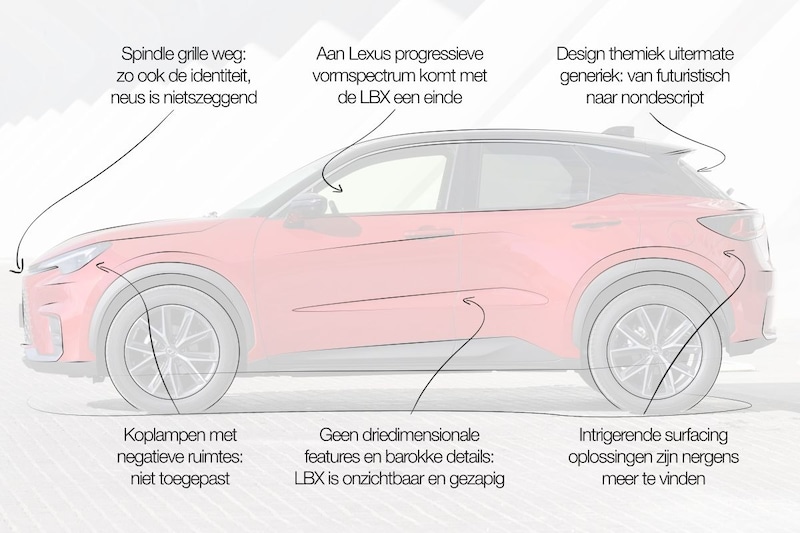
Akio Toyoda once shouted: “No More Boring Cars!” The Japanese then built more and more high-profile models. So far, the luxury branch Lexus has rarely been guilty of boring designs. The newest Lexus is the LBX. Car designer Niels van Roij looks at where the line of characterful designs ended up. Because doesn’t that LBX lack a bit of character?
Lexus introduced the perfectly executed LS 400 in the late 1980s – so aesthetically safe that no one was offended. The exterior design was fine-tuned down to the neurotic point: perfect, albeit somewhat nondescript.
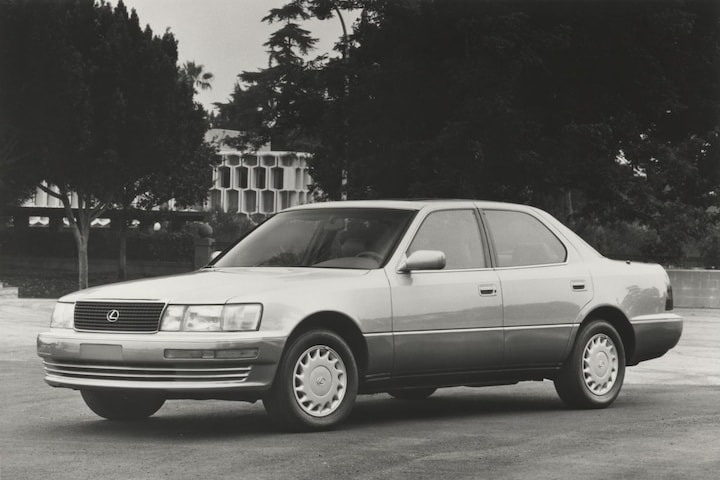
The brand then took a series of different directions. The blob called SC430 Convertible, which saw the light of day in the early 2000s, featured ‘jelly bean styling’. Five years after this was completely out of fashion
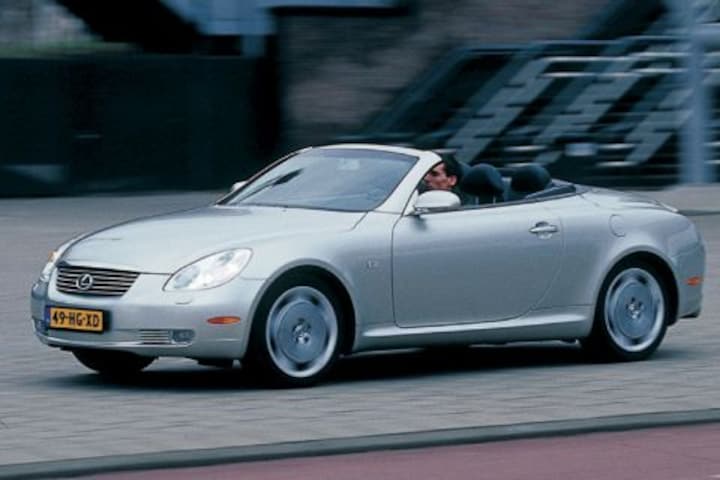
Ford already applied jelly bean styling in 1996 to the Taurus, a large sedan for the American market that apparently inherited its obesity from its owners.
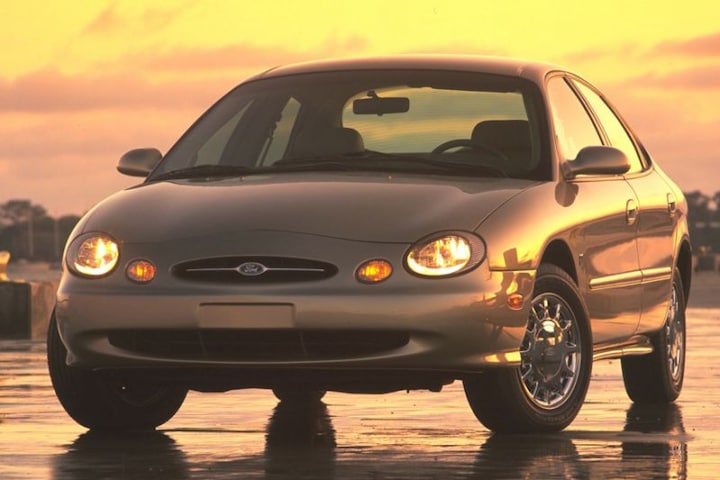
The much better designed IS was also delivered in the same period. A distinctly Japanese sedan, with very balanced proportions and a profile that was sportier and lower than that of the competition. Also sporting powerful surfacing and very unique jewellery, the Lexus taillights were an interesting design statement. And a direct victim of their own success, because many junk tuners offered them for all kinds of models.
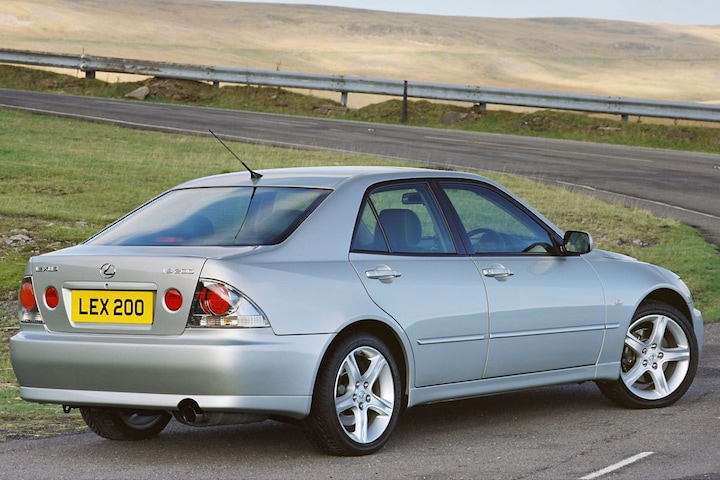
It was only five years later that the range was further developed properly with a consistent one-design theme. The second RX, for example, had beautiful surfacing solutions. With Lexus-specific transitions between the different elements, such as the dynamic top of the nose and its voluminous movement towards the cabin.
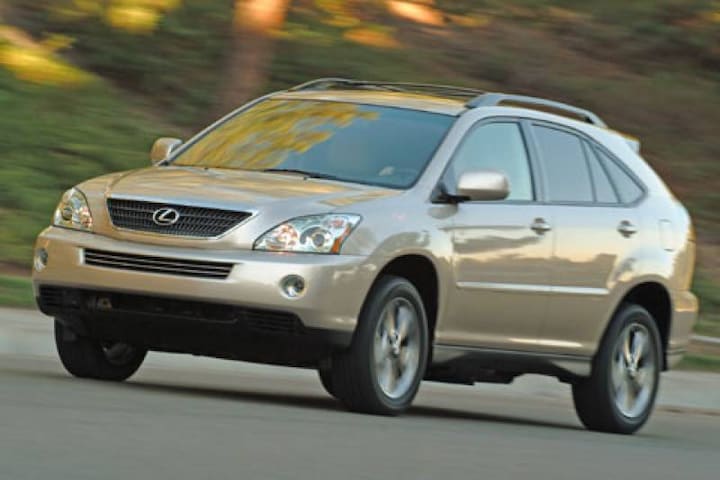
The second generation IS had similar surfacing. Strongly supported by graphic elements of the headlights, fog lights, DLO and rear lights.
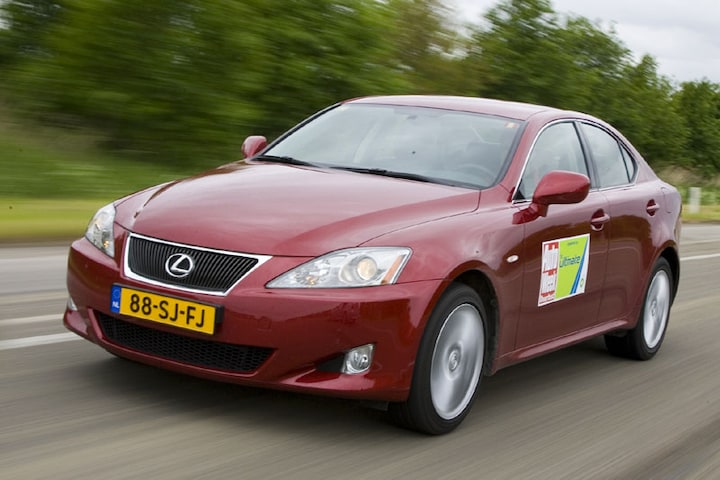
In addition, Lexus famous color with Japanese influences in its design DNA, such as the distinct facial identity with high-mounted slim headlight units that create a unique Down The Road Graphic. Lexus gradually grew more confident in the implementation and further development of the brand DNA.
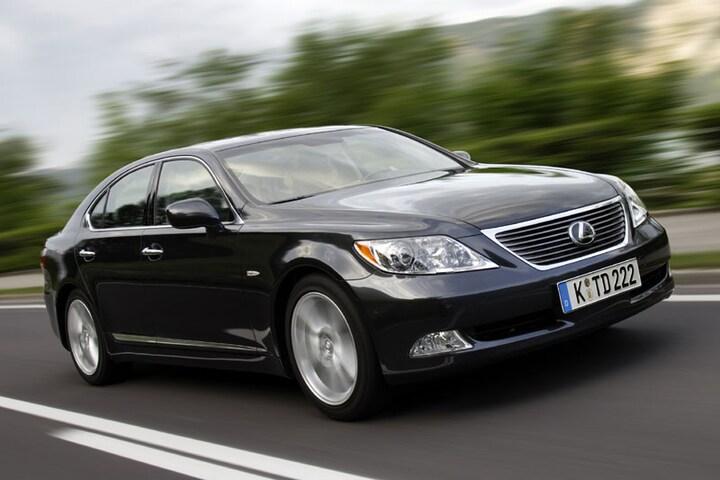
With more and more intriguing applications of the surfacing solutions, which were increasingly applied as an integral part of the entire line-up: all cars received a dynamic profile, explicit graphic expressions of the DLO and the recognizable integration of the headlights and taillights with the surfacing forms. Those negative spaces became a truly unique piece of Lexus DNA.
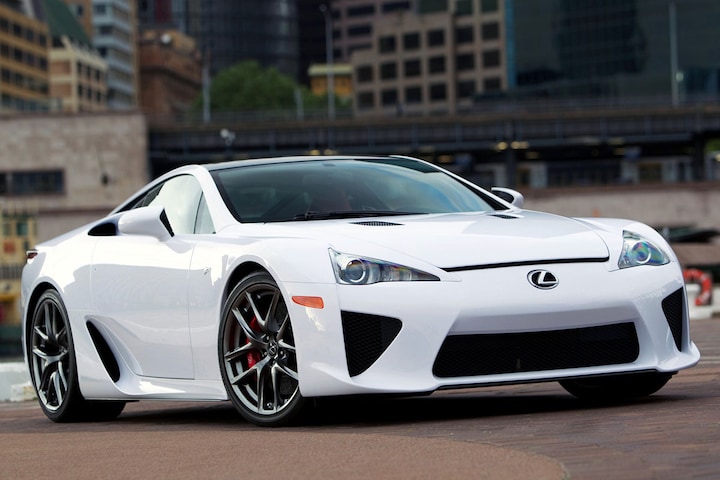
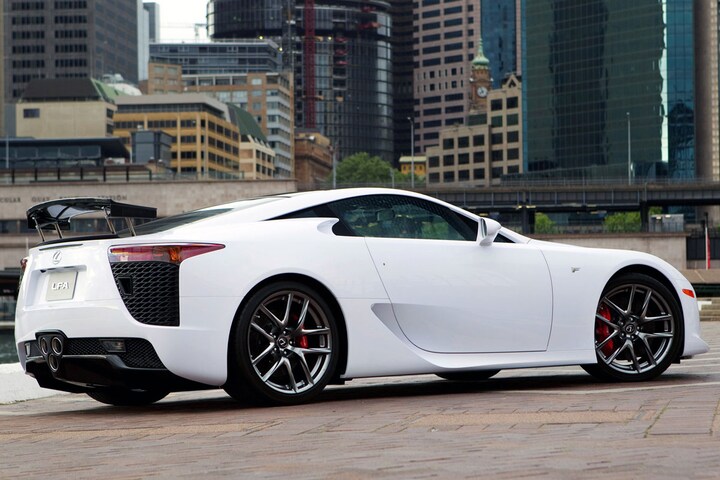
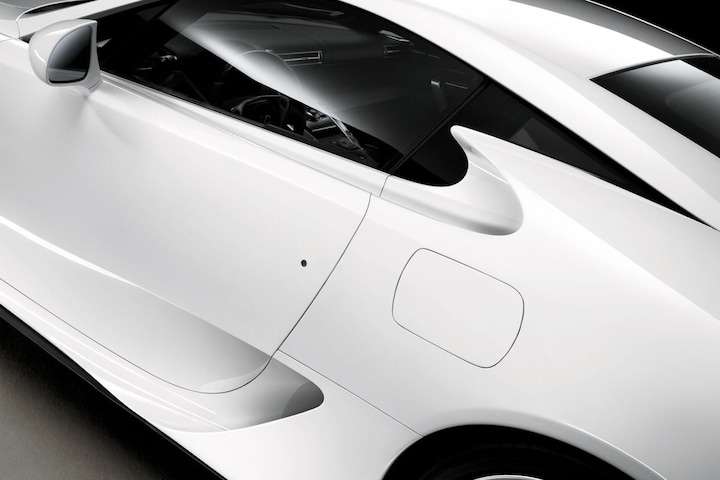
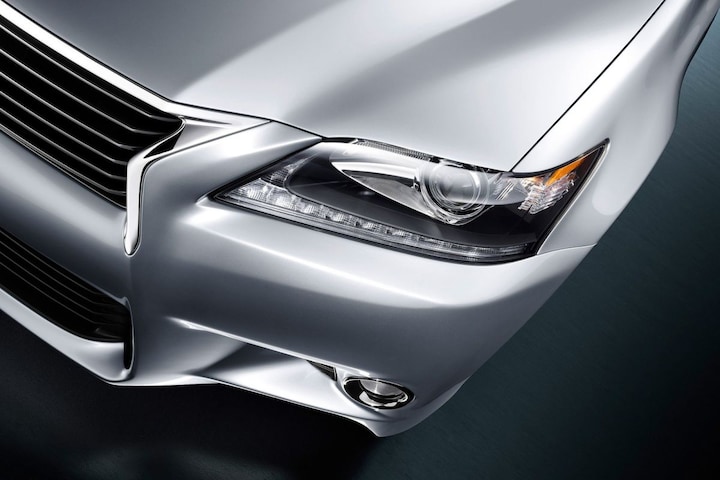
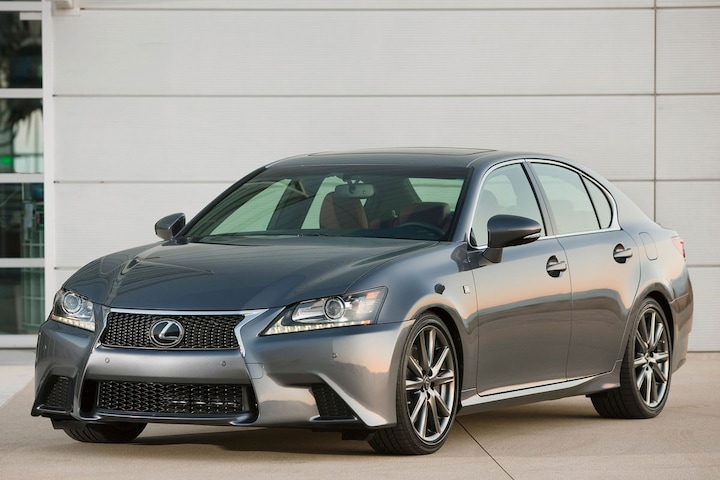
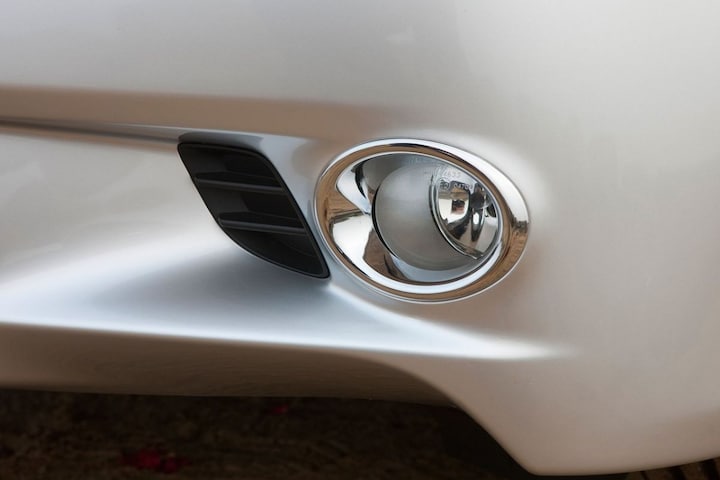
The strategic introduction of the so-called Spindle grille ten years after the turn of the millennium made that no longer a Lexus bore used to be.
(Text continues after photos)
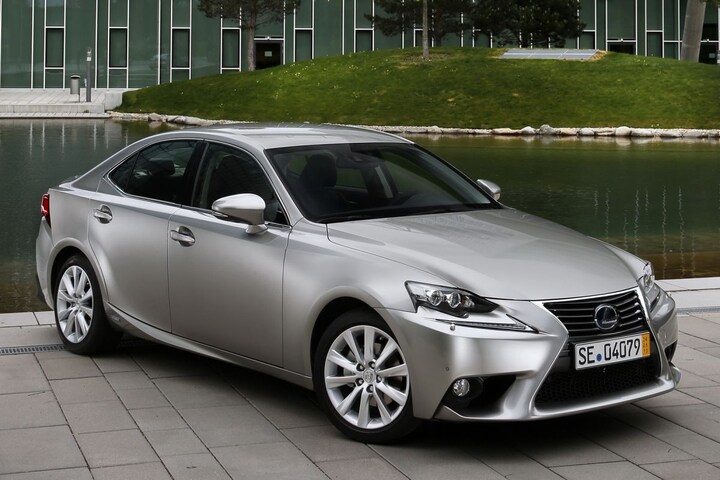
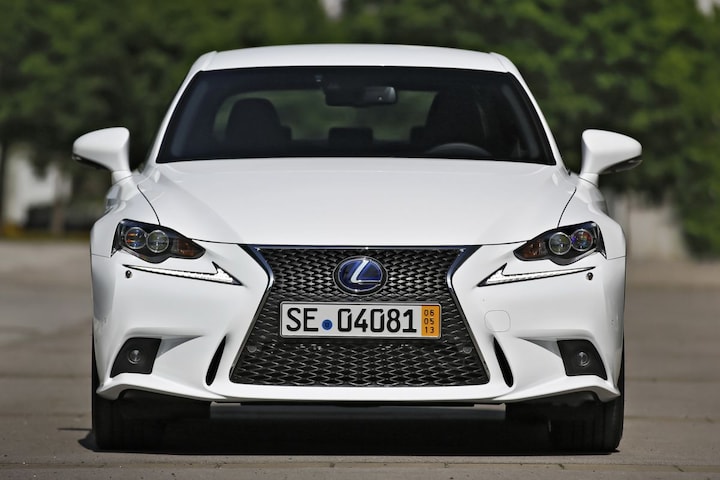
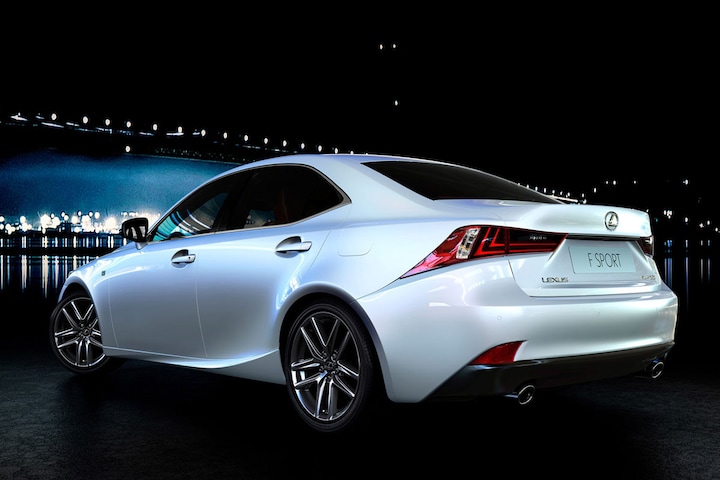
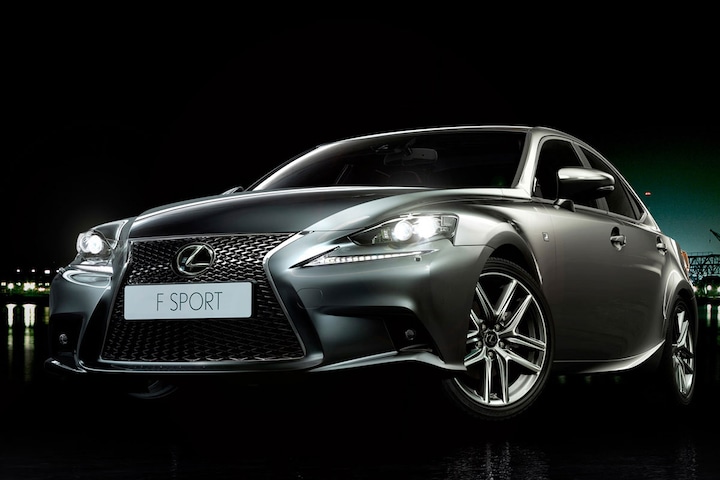
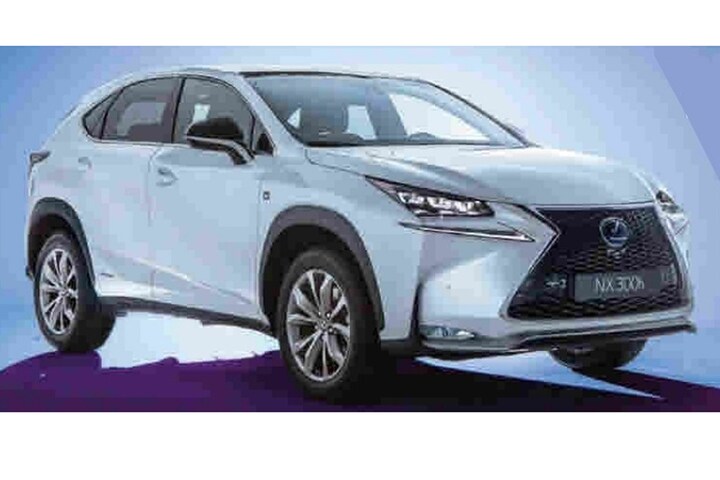
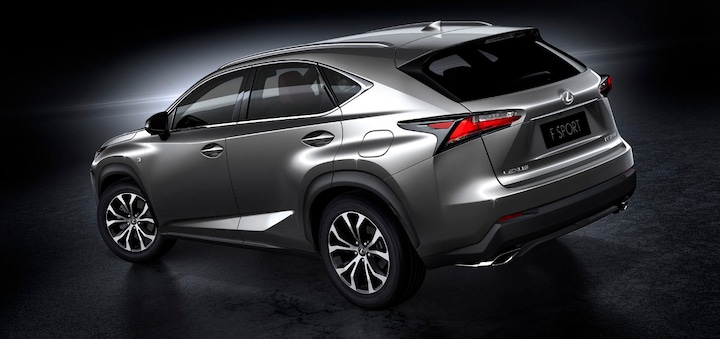
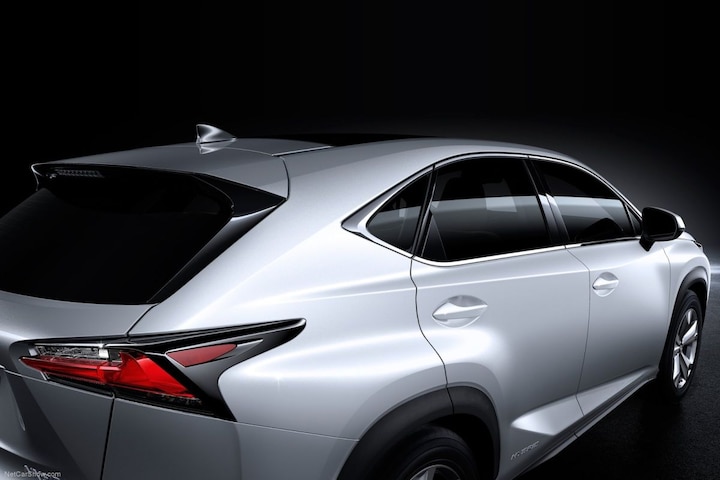
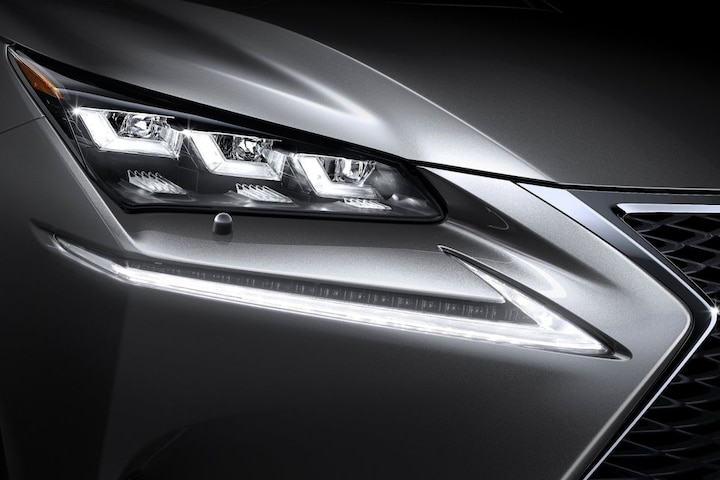
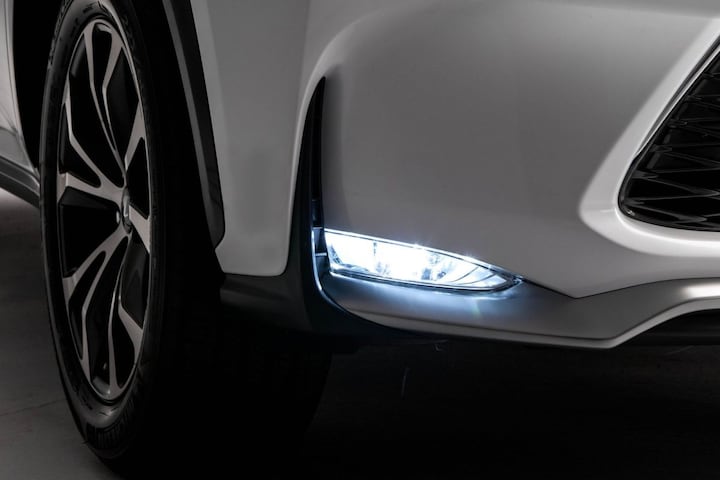
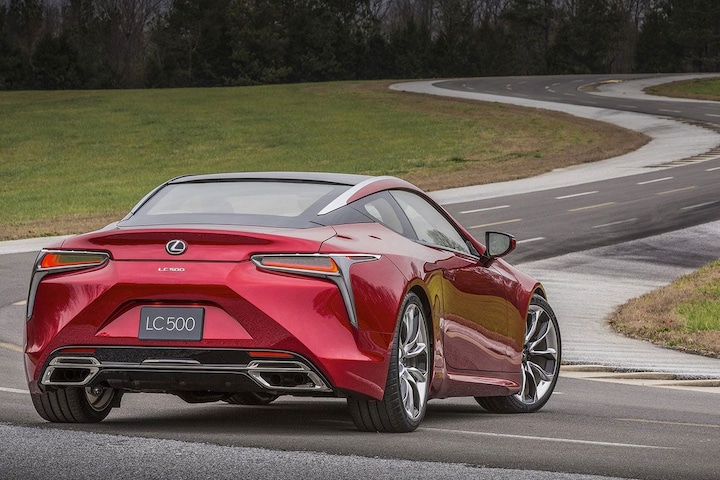
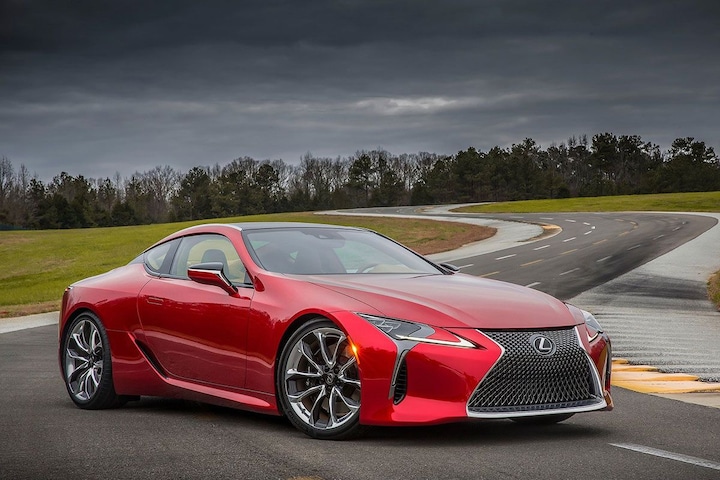
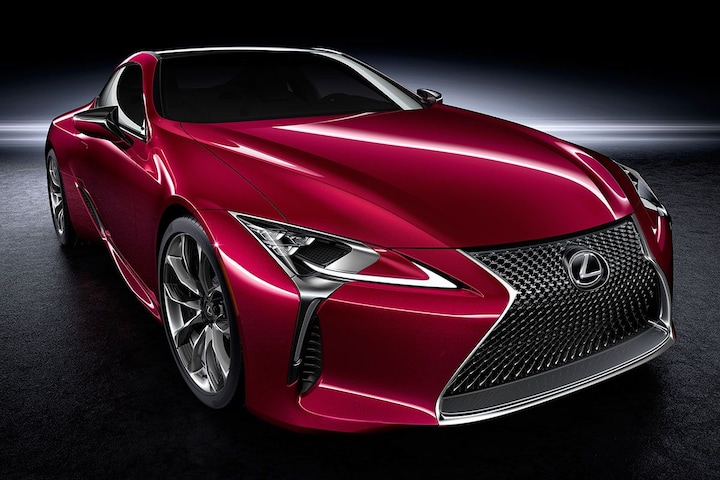
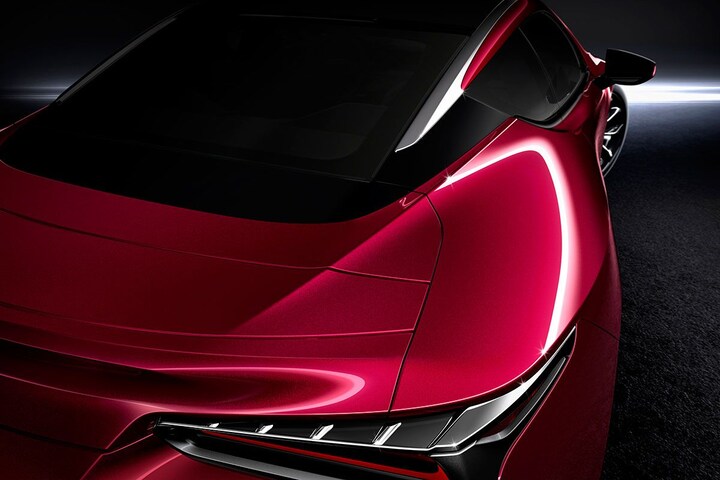
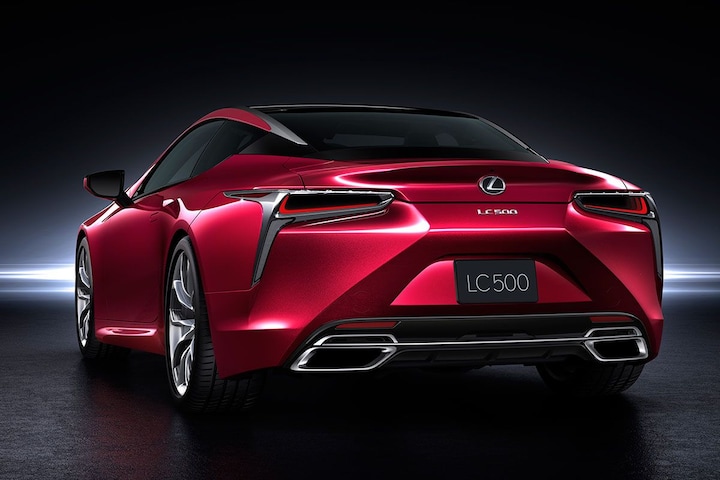
Lexus designed its models more and more beautifully, with more three-dimensional features, their rich, baroque detailing being skilfully integrated into the entire design spectrum. The surfacing wraps and twists over itself, within itself and behind itself – and also around graphic elements such as grilles, lamps and intakes. Well found!
Progressive shapes, beautiful proportions and good surfacing come to an abrupt end with the LBX. Lexus went from futuristic to nondescript. From recognisable, polarizing and avant-garde to invisible, sedate and reserved.
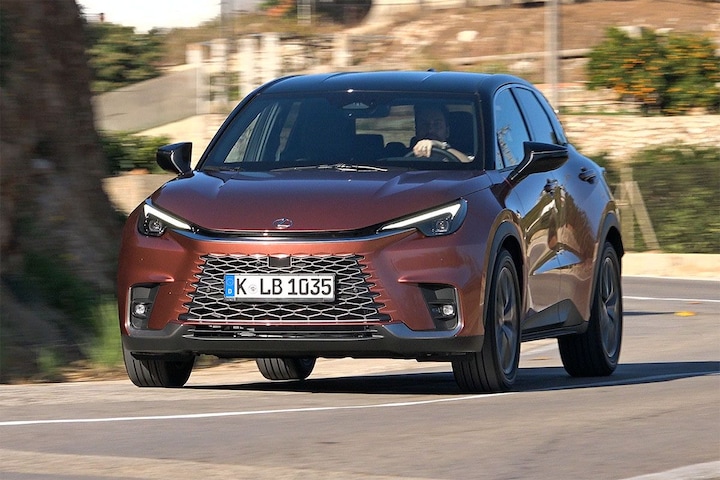
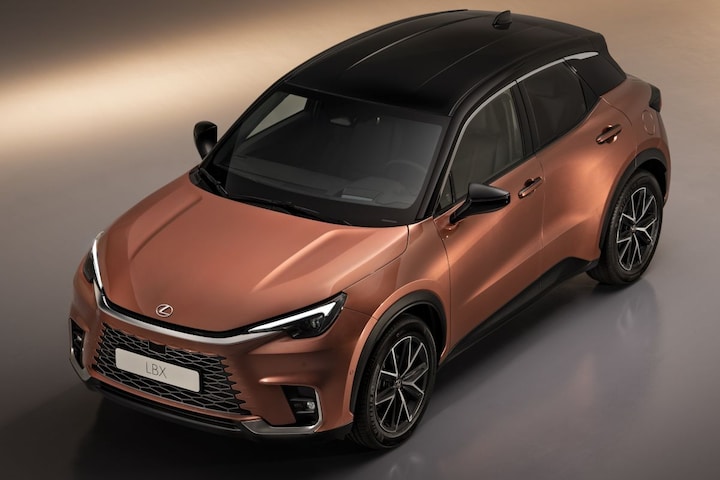
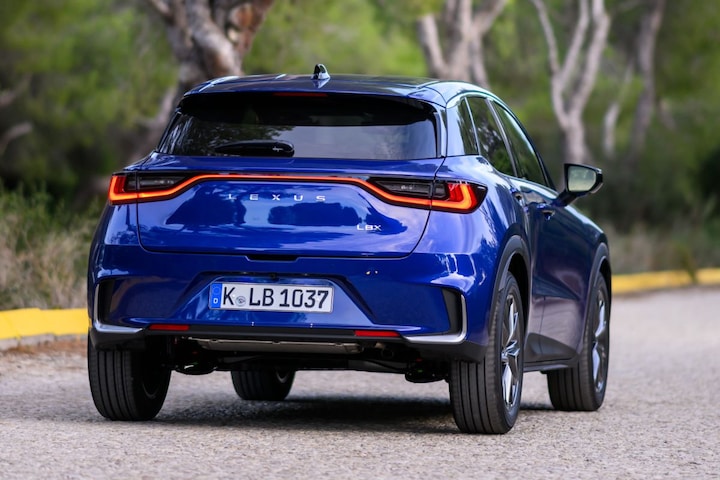
Lexus has lost its aesthetic calibration. The LBX lacks the correct application of brand DNA and the design preconditions – proportion, surfacing and jewelery – that actually make a car design successful. The LBX is a plethora of weak-kneeds and generic design. If the LBX represents the future of Lexus, it is clear: More Boring Cars.
– Thanks for information from Autoweek.nl